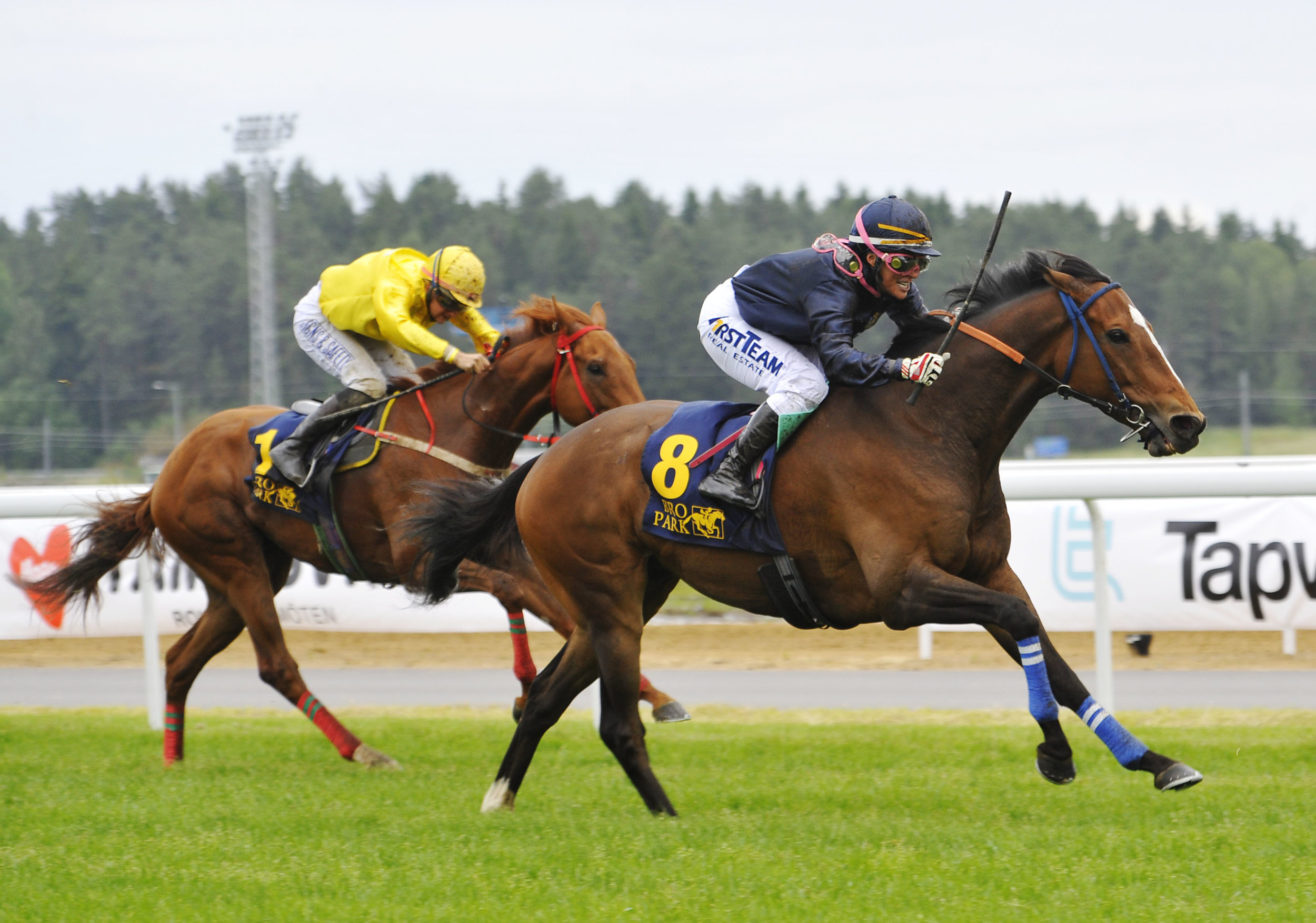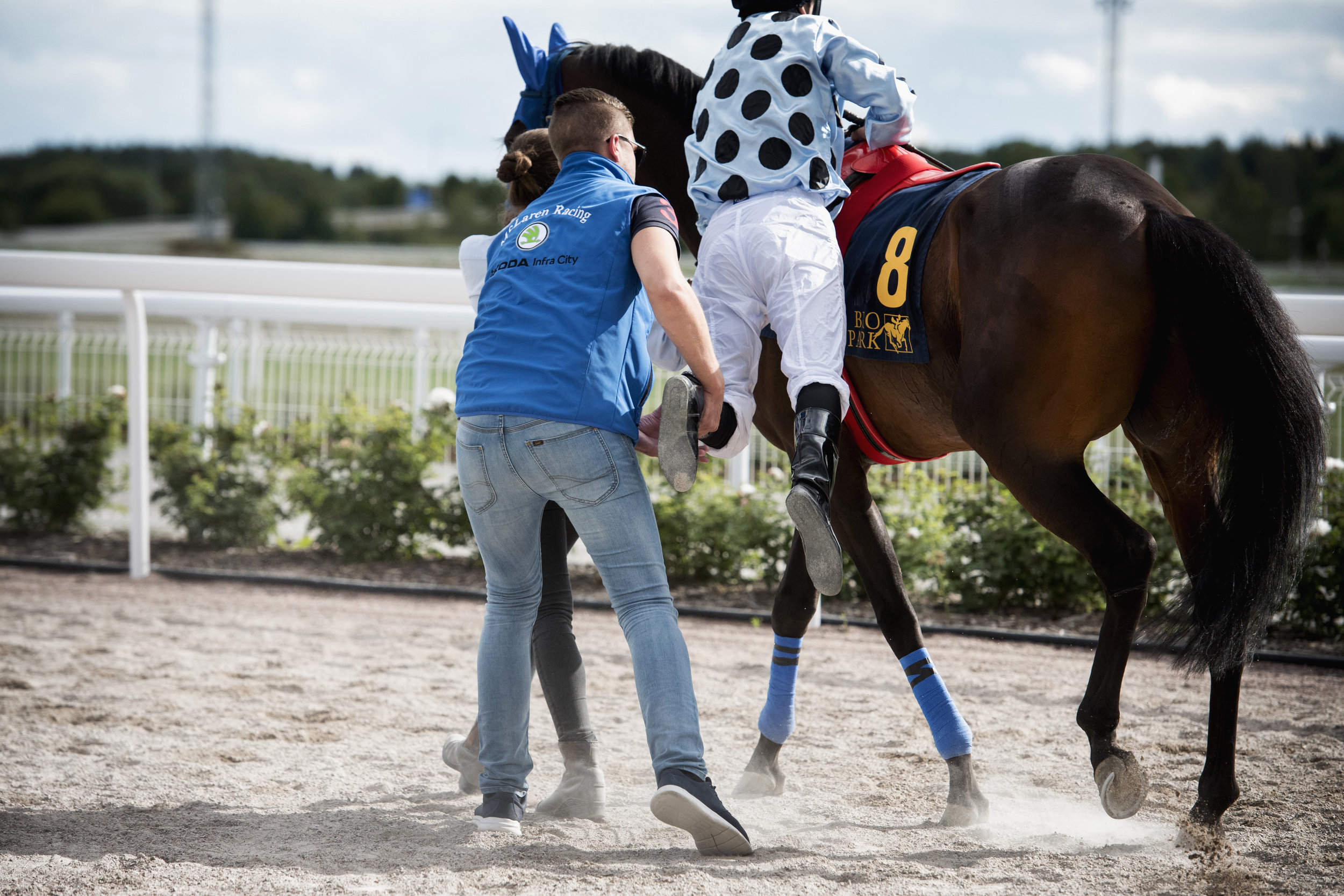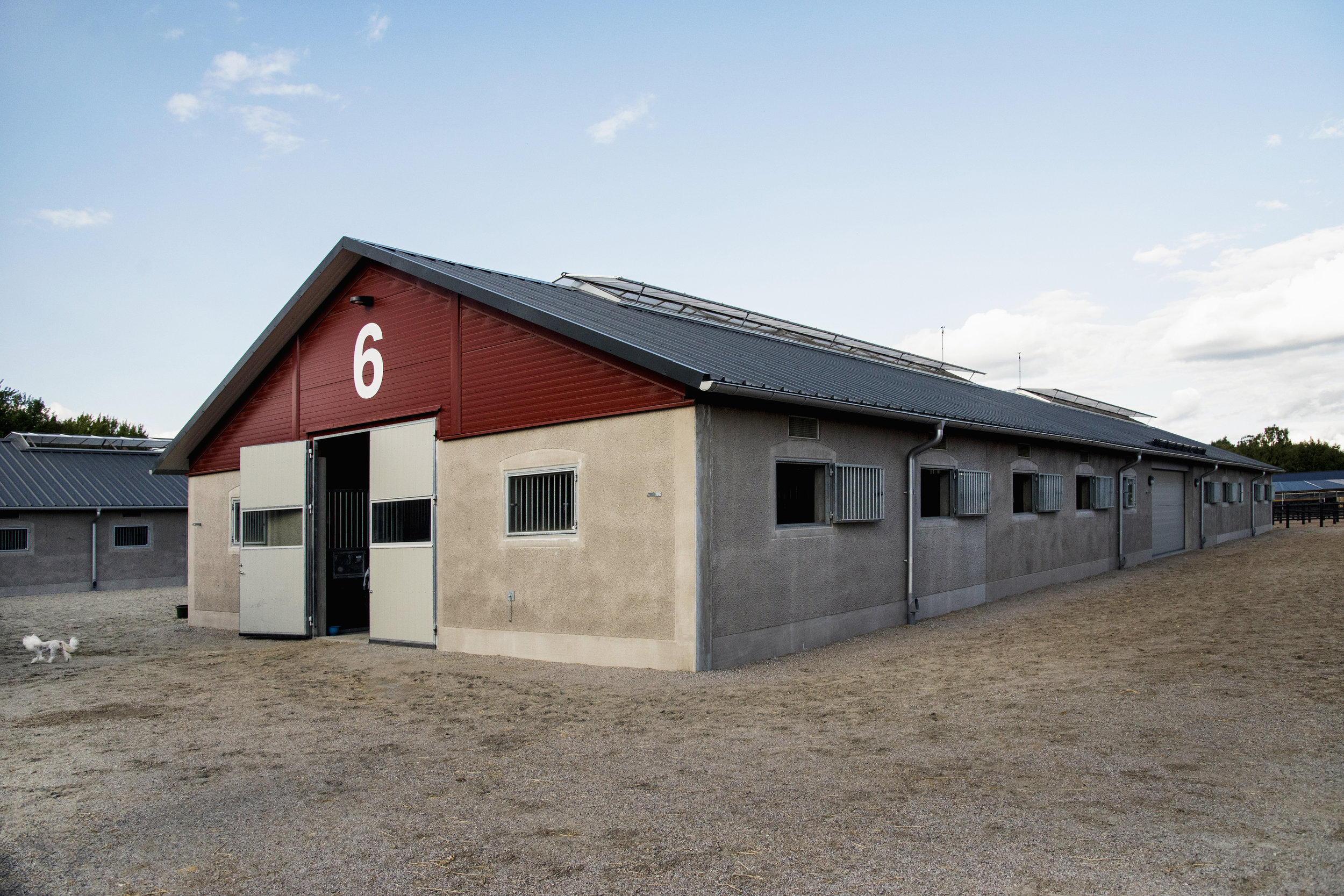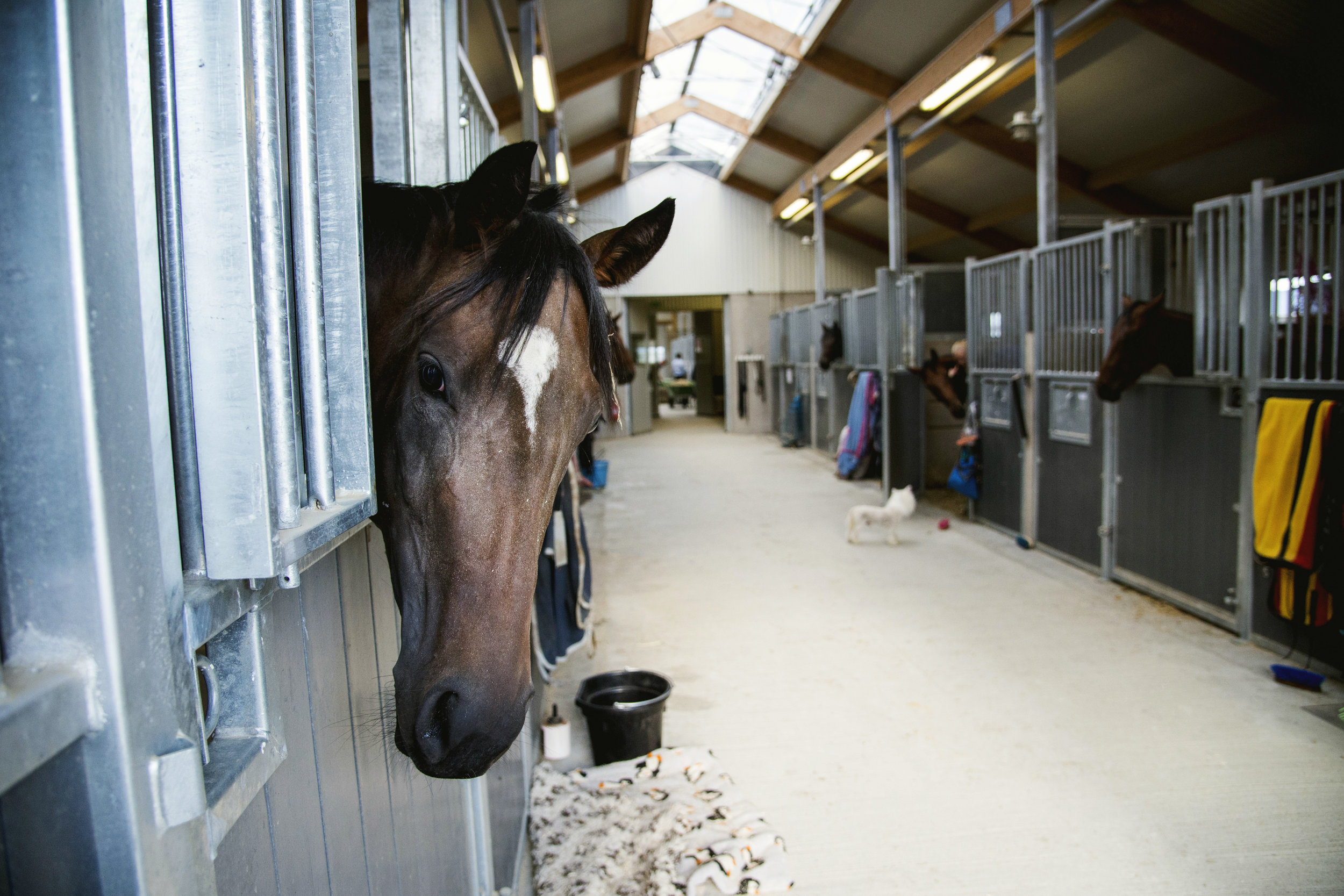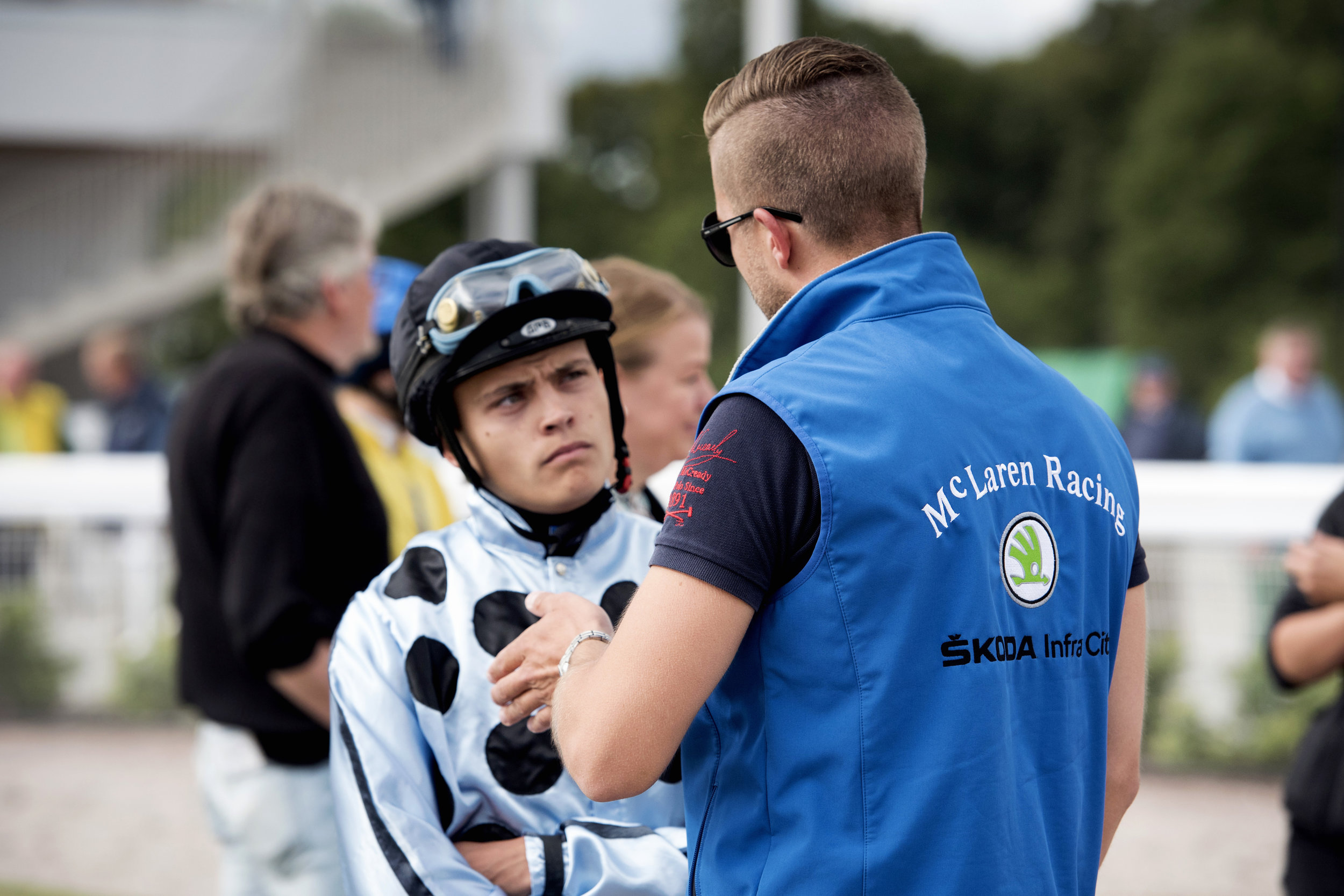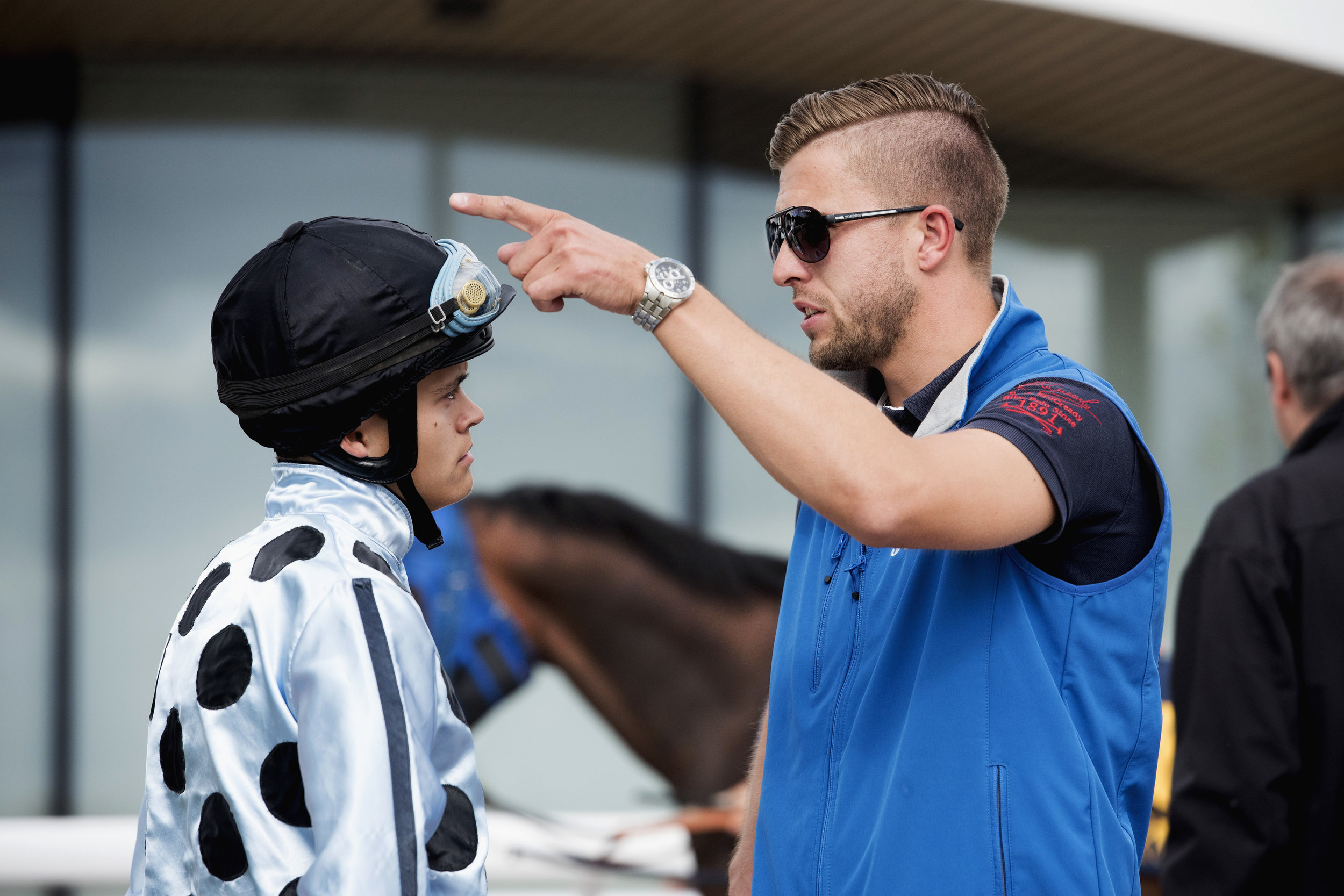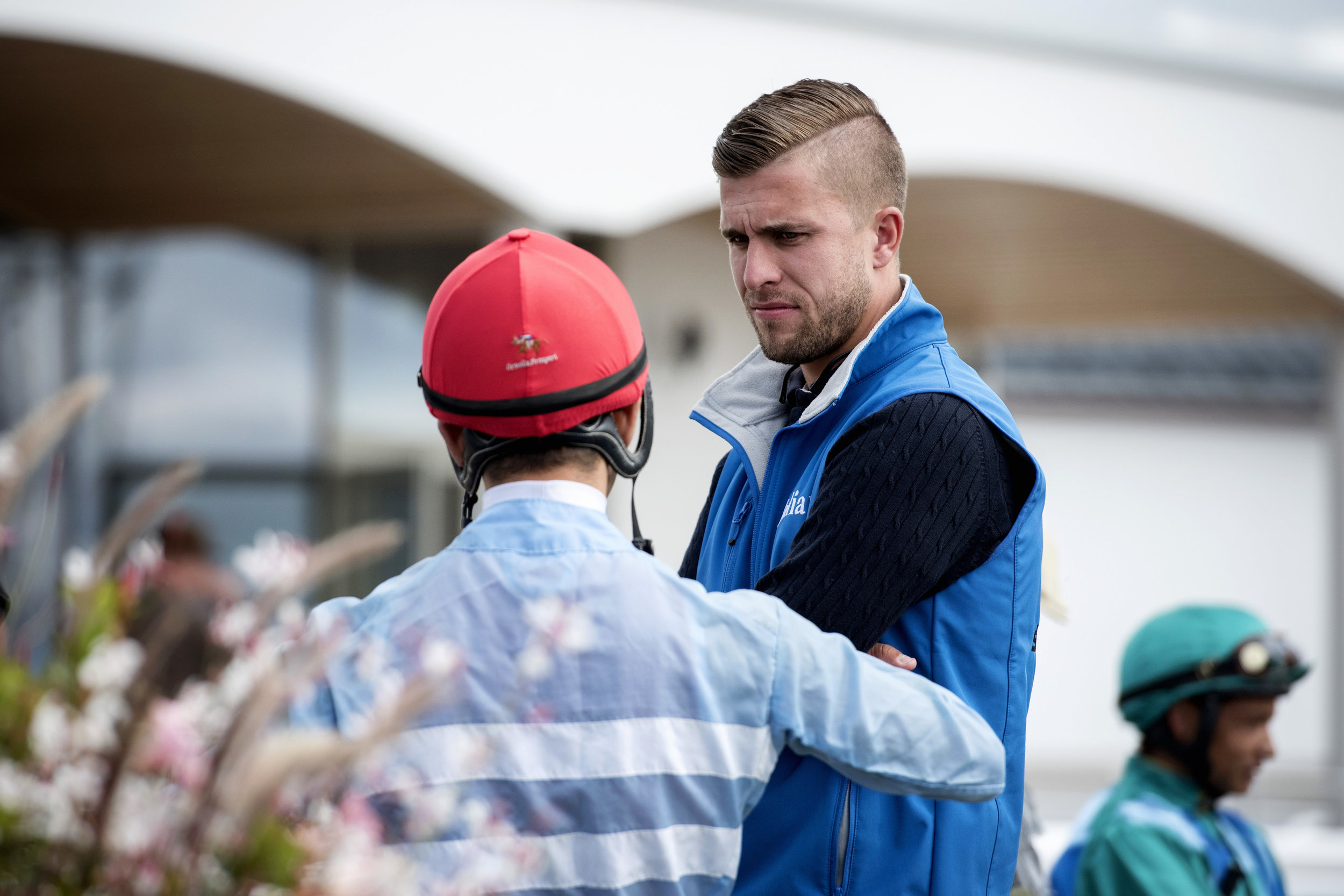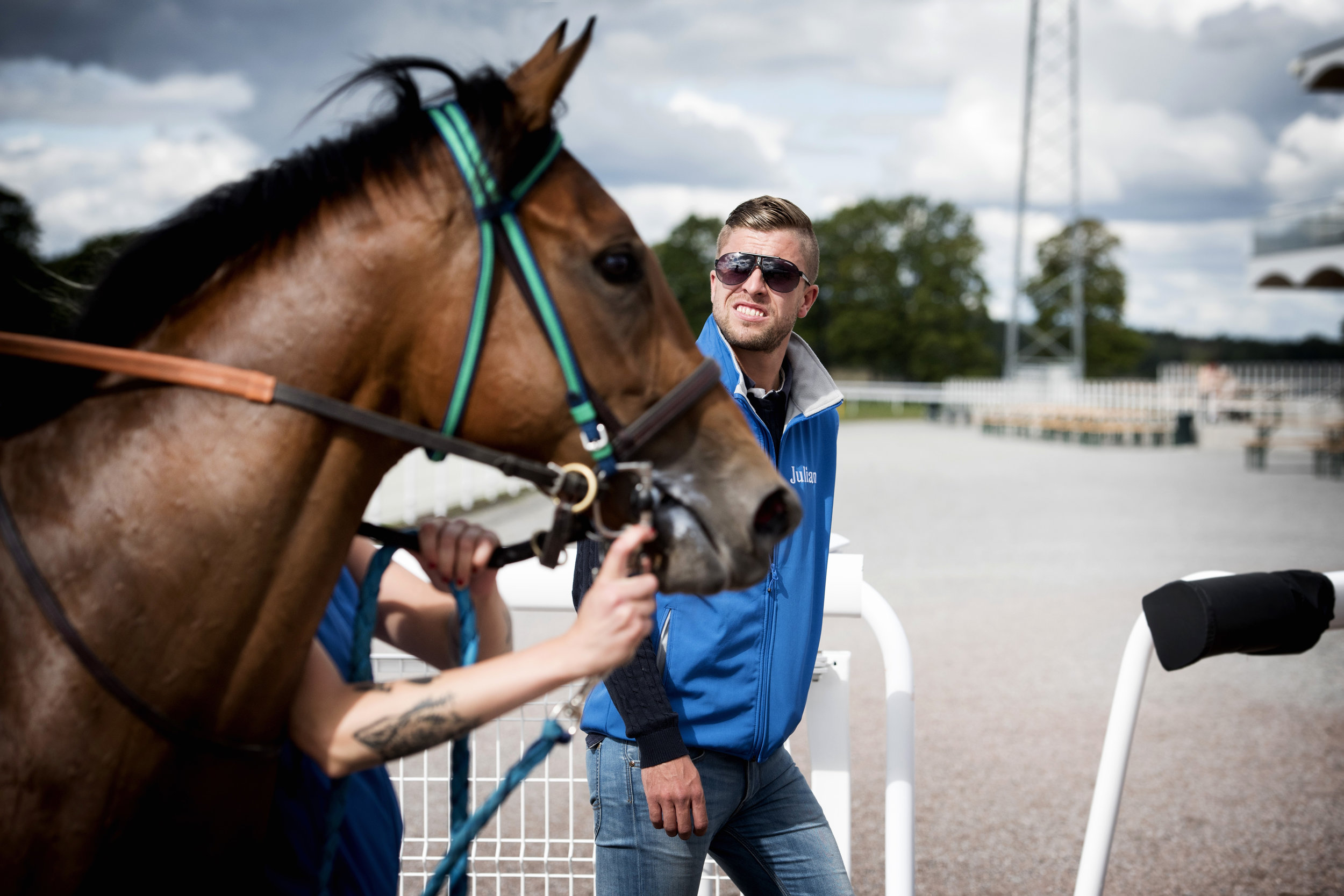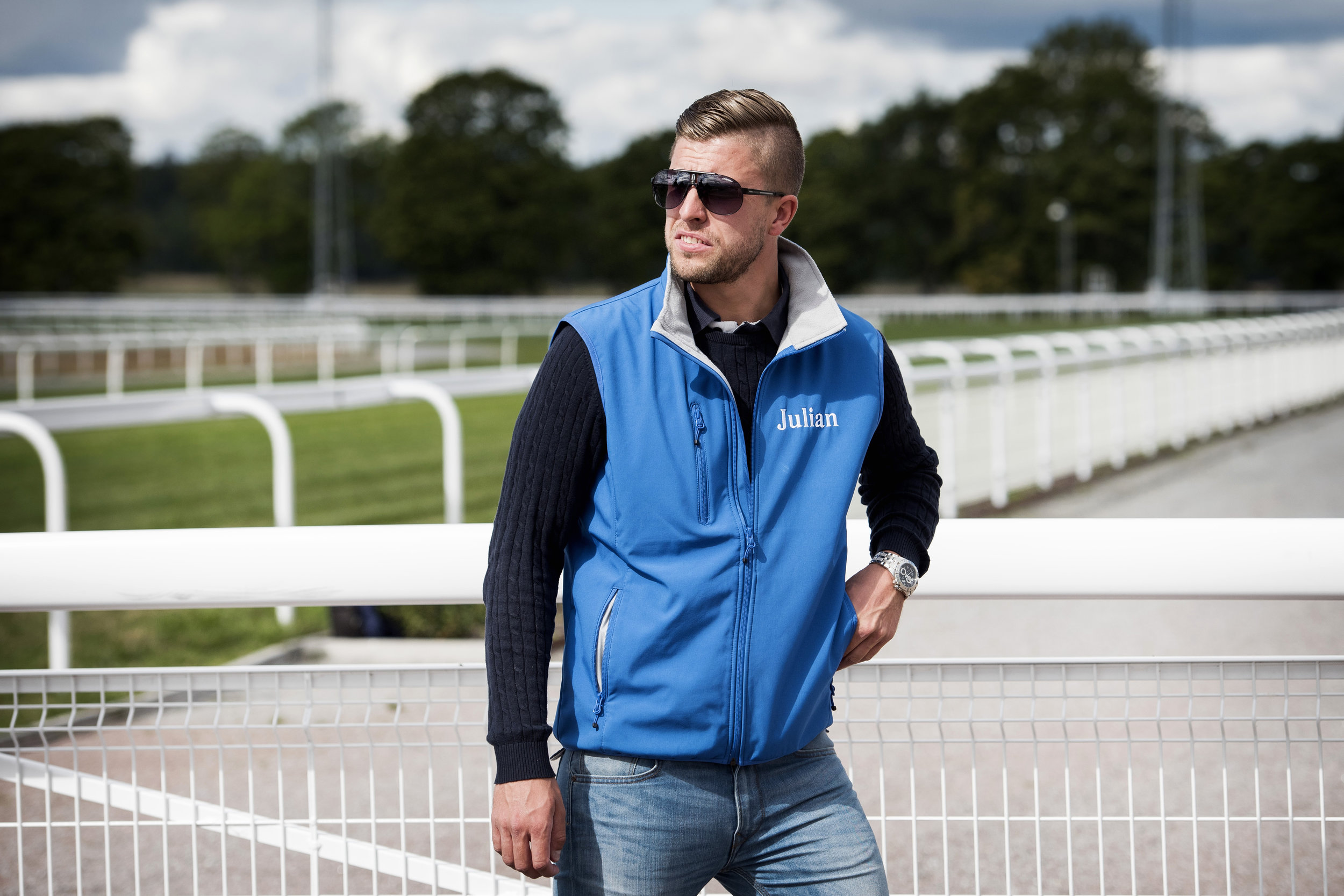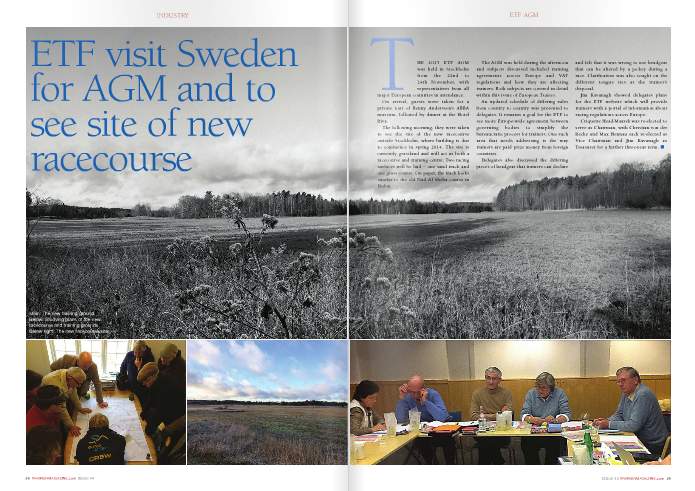Take a chance on me! Jessica Long in profile
/Sweden’s southernmost region Skåne is the home of Jessica Long, one of the most prominent trainers—and breeders—in Scandinavia. We met with Jessica Long to learn about her set-up in Sweden and her views on the future. We also found out about her connection to world-famous composer and musician Benny Andersson—and why Swedish horses are so rarely seen racing abroad.
Racehorses have been part of Jessica Long’s life for as long as she can remember. She grew up on the family farm surrounded by horses, and her parents devoted their lives to the racing and breeding industry. As a keen rider, Jessica was involved in the family business from an early age, and you would assume that her career choice was an easy one. However, her mind was initially not set on becoming a racehorse trainer.
“I actually never planned on taking over my parents’ business. Instead, I went to university in Lund and studied molecular biology. To be honest, I found it very boring, and I wanted to change direction; but I didn’t know what to do. Around the same time, one of the members of staff at the farm left, and I decided to fill the vacancy until I had made my mind up. It went well for us that year. My mum became the champion trainer in Denmark, and I got a taste for more. So, I never left,” Jessica says with a smile.
Well, it is not entirely true that she never left the farm again. Jessica made sure to gain valuable experience abroad, and in total she has spent almost five years in Britain and Ireland. “Initially I worked for the eventer Eric Duvander—he is now the coach of the US eventing team. I also completed the National Stud Diploma Course in Newmarket and later spent three seasons at Coolmore Stud.”
In Ireland, Jessica met Padraig Long, now her husband and the co-manager of the family business. But despite the strong Irish connection, Sweden was the obvious choice when the couple decided to settle down. “We never hesitated. Racing in Sweden was doing very well at the time. There seemed to be a bright future for the industry, and we had a nice farm at home. It was an easy choice to head back to Sweden and try to establish ourselves over here.”
In 2008, at the age of 29, Jessica took over the business from her parents and became a racehorse trainer in her own right. With multiple years of experience between them, Jessica and Padraig decided to focus on both the racing and the breeding side of the industry, and to run a small stud farm and consignment alongside the racing yard. “It so happens that the farm works quite well for both training and breeding. It is well planned and fits well for both parts—with large fields for turn-out and a small track for exercise,” Jessica says.
The setup worked very well for quite a few years. But as the number of horses grew, the training facilities at the farm became limited, and for the last three years, the horses in training are now based at Jägersro—a 20-minute drive from the farm.
Set on the outskirts of Malmö, Jägersro is the oldest thoroughbred racetrack in Sweden and the home of almost 250 racehorses, roughly one quarter of the total number of racehorses in Sweden.
The racecourse hosts a handful of Listed events as well as the prestigious Swedish Derby—a race that has been run since 1918. The facility features an oval dirt track for racing and three gallops for training as well as a track for harness racing.
The location in the very south of Sweden is ideal for travelling abroad. Klampenborg, the racecourse in the Danish capital, is within easy reach. Jessica Long does not hesitate to venture further than that, and her four-year-old filly Victoria Placa has made several appearances in Germany during this summer and autumn. “We are aiming for a Listed win in Germany. If everything goes her way, she is good enough to win, which would give her international breeding value.”
Despite the proximity to mainland Europe, Swedish trainers are rarely seen bringing horses to race outside of Scandinavia—with the exception of the occasional Dubai World Cup Carnival participant. “I’m confident that we are good enough and that we have horses that are good enough; but the purses are surprisingly large in Scandinavia, and there is a bonus system for Swedish-bred horses. That is a good thing, of course, but it also means that we tend to stay at home.”
Swedish-bred horses racing in Sweden will receive a bonus on earned prize money in most races, varying from 40% for two-year-olds to 30% for four-year-olds.
“On top of that, quite often our big races coincide with suitable races internationally. You must choose if you want one or the other, and of course it is easier to stay in Sweden. It makes a lot of sense to stay at home for prize money reasons. But at the same time, I think it is part of racing to try to match your horses abroad and see how far you can go against international competition. I am very grateful that we have horse owners who let us try our wings abroad—to see how good the horses are.”
“Then, of course, you also need a good horse to venture abroad. When you only have a limited number of horses, a good one does not show up so often…”
It must be taken into consideration that most professional trainers in Sweden only have about 20 horses in training, with a few exceptions that would have upwards of 40 horses in the stable. Jessica Long currently has 24 horses in the barn at Jägersro. However, she was lucky that a good horse showed up early in her career. That was Volatile—a homebred gelding who took Jessica, Padraig and the owners to Newmarket, Hamburg, Meydan, Maisons-Laffitte and Royal Ascot. With a Listed win in Dubai and Group placings in England and France, Volatile is one of the most successful horses to ever come out of Sweden. “Volatile meant a lot to my career as a trainer. It went incredibly fast. We found ourselves in Newmarket only a few weeks after his debut race at Jägersro. He took us on a journey that few of us could have dreamt of or ever will experience again.
Volatile with his entourage of owners
Wherever Volatile raced, he would come with an entourage of owners. “He was owned by a syndicate made up of 20 shares, and many of the part owners were new to racing. It was such a great group; they really embraced the success and travelled with us to most countries where he raced. It was just a wonderful experience. Volatile is retired now, but most of the part owners have shares in other horses.”
Among the owners in the stable, you will find those who own 5% or 10% of a horse in a syndicate as well as some of the most high-profile owners in Scandinavia. Jessica has received the backing of prominent owner-breeders such as Chess Racing, Stall Perlen, Buck Racing and Light Valley Stud.
ABBA member Benny Andersson, whose horses race in the name of Chess Racing, may be best known for his British-trained horses including recent Gp. 2 winner Lavender’s Blue. However, he also has horses in training with Jessica and regularly makes the headlines in Scandinavia. Jessica recalls the story of how Benny Andersson came to be a racehorse owner. “Benny’s wife Mona was previously married to my father, and they have a son together. When Benny was to meet the extended family for the first time, he realised that if he would have something in common with this family, he needed to buy a horse….”
He did, and it didn’t take long until Benny Andersson was bitten by the racing bug. “He thought it was fun and soon figured that he would like to be involved in breeding his own horses. It is fascinating to be part of choosing the stallion and to see the horses grow up. He has also bought some horses at the sales, but the homebreds are closer to his heart. He is committed and very active with stallion selections, but he would not have a lot of opinions about the training and how we match the horses and so on. With that said, when I have two similar options, I will always ask him what he prefers. We have known each other for so long that rarely does anything come as a surprise; we have similar goals and plans for the horses.”
CLICK HERE to return to issue contents.
BUY THIS ISSUE IN PRINT OR DOWNLOAD
4 x print issue and online subscription to European Trainer & online North American Trainer. Access to all digital back issues of both editions.
Your subscription will start with the July to September issue - published at the end of June.
If you wish to receive a copy of the most recent issue, please select this as an additional order.









